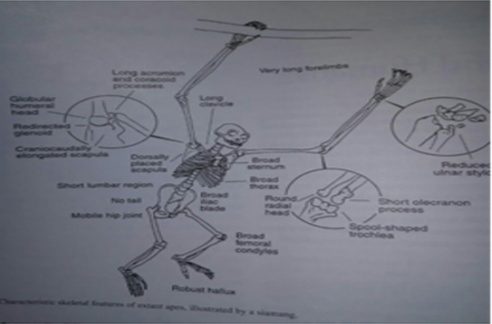Abstract
The objective of this study is to compare the morphometric features of, acromion process of humans with that of other vertebrates, and find its association with impingement syndrome. This study also aims to prevent the incidence of impingement syndrome by using various prevention techniques. For the comparative study, human scapulae were morphometrically measured and compared with the scapulae of other vertebrates. The influence of physical activities over modification of growth of acromion into various types was studied among the swimmers' population with radiographic evidence. The acromion process of 90 scapulae collected from the Anatomy Department of Saveetha Medical College and the scapula of other vertebrates like- canine, bovine, equine and apes collected from the Anatomy Department of Madras Veterinary College were studied and measured. The mean breadth of the right side and left side curved acromion is 24.26mm and 23.84mm, respectively. And for the right side and left side flat acromion it is 25.26mm and 25.36mm respectively. For canine, it is 14.87mm and 14.34mm, respectively. For bovine it is 20.33mm and 19.94mm respectively. It is concluded that apes do not have impingement syndrome due to the cranially oriented spinous and acromion process. This study also gives evidence that physical activities influence the growth of acromion into its various types, which is one of the important factors causing impingement syndrome.
Full text article
Authors

This work is licensed under a Creative Commons Attribution-NonCommercial-NoDerivatives 4.0 International License.

